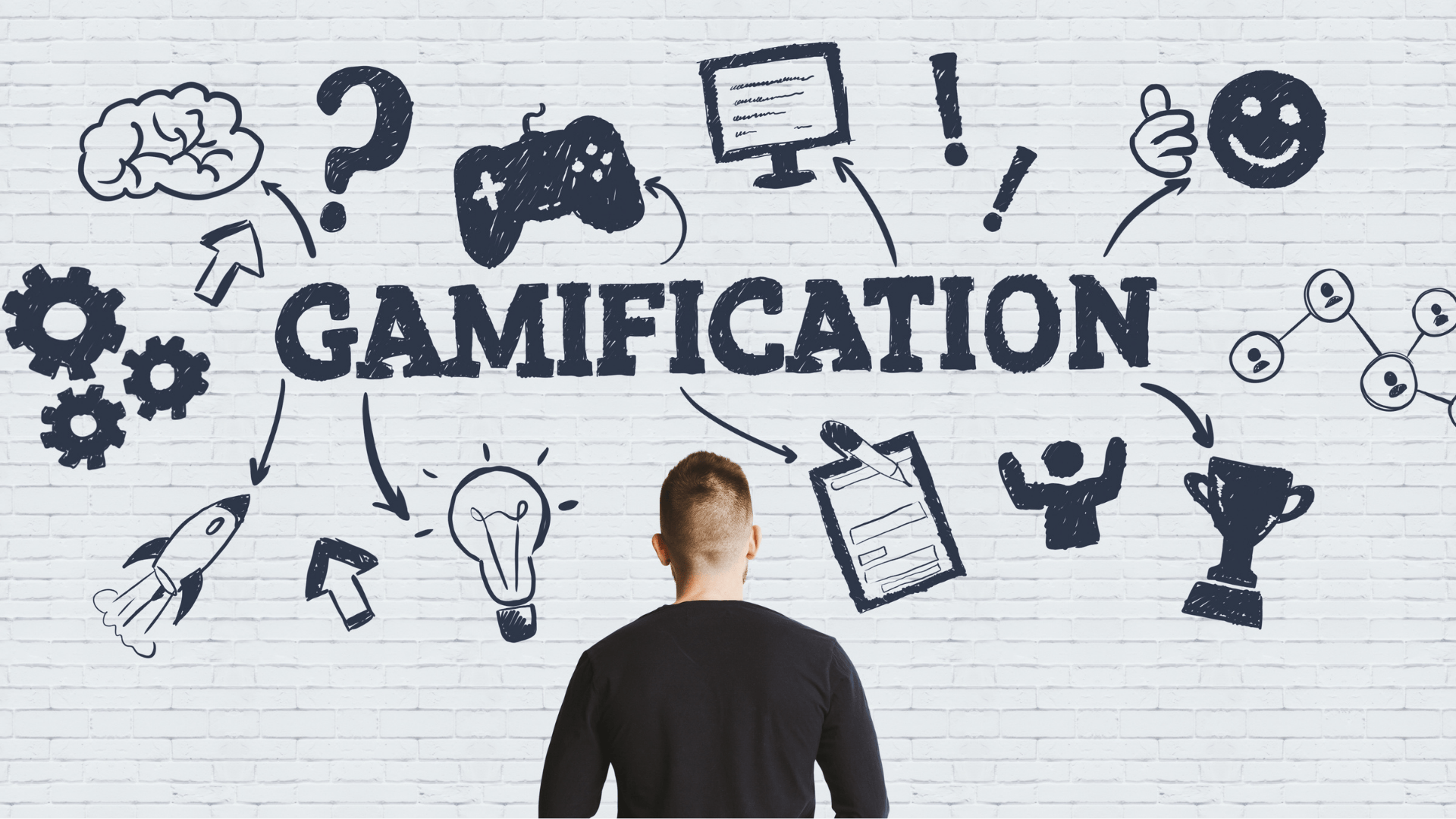
Post-event survey questions are one of the most powerful tools in the event manager’s arsenal.
Few other occupations can boast such a valuable and consistent supply of information, reactions and insights, which — when effectively leveraged — can support the continuous improvement of attendee experience.
However, this doesn’t mean they don’t have their challenges.
Many organisations struggle to get attendees to complete event feedback forms. On average, only 20% to 30% of participants will complete a post-event survey, making it hard to get meaningful data.
Plus, with so many competing demands and time pressures, event teams are trying to do more with less. This means, while undoubtedly a worthwhile exercise, reviewing and updating post-event survey questions often falls far down the priority list — or off it entirely.
However, optimising your event feedback forms can boost your response rate, help you gather more quality data and provide a useful channel for your audience to have their voice heard. This means better data, better decisions and better outcomes for your future events.
What’s more, it doesn’t have to be hard. Read on to discover our top tips for which questions to ask, along with some valuable insights on how to create an effective, efficient event feedback form.
The best post-event survey questions
When it comes to designing your post-event survey questions, there’s no one-size-fits-all approach. However, it’s a good idea to include at least one of each of the following.
Demographics
Event feedback forms are usually anonymous, so it’s a good idea to include demographic questions if you’d like to be able to analyse your data from this perspective.
For example, if you’re interested in finding out whether your events are popular among younger members, you could ask attendees to include their age or their generation. Alternatively, you might want to collect gender or gender identity data to find out whether your events are reaching a broad enough audience.
Satisfaction
Event satisfaction is a particularly important metric to gather. While there are lots of ways you can measure how much your attendees enjoyed your event, a good one to include as standard is a net promoter score (NPS).
To get an NPS, ask attendees how likely they are to recommend your event on a scale from 0 to 10. Then, subtract the percentage of detractors (those who scored between 0 and 6) from the percentage of promoters (those who scored between 9 and 10). You’ll receive a score between -100 and 100.
An NPS above 0 is good, while anything over 50 is considered great, and scores over 71 are excellent.
The positives
While satisfaction scores can be a handy way to get an overall sense of your event’s success, it’s important to include some post-event survey questions that specifically ask attendees to share positive experiences.
You might do this by asking them what they liked about the event or inviting them to share their favourite part. Gathering quantitative data about the positive aspects can help you better understand what your attendees want, making it easier to deliver in the future.
The negatives
It’s also important to give your participants the chance to air any grievances or share constructive feedback. You might ask what people enjoyed least, what they disliked about the event or even what they might improve for the next one.
This information is perhaps even more valuable than positive feedback, as it can help you identify the aspects of your event that detracted from your attendee experience. From there, you can identify how you might avoid this in future events.
Some organisations allow those leaving negative feedback the chance to provide their contact details so their complaint can be followed up. This could be a valuable addition to your event feedback form, as managing complaints well can lead to increased customer loyalty.
The specifics
If you’re finding your event feedback is positive but you’re still receiving middling scores, it might be worth diving into more specifics in your feedback form.
For example, you might ask about the food or catering, the beverages, the venue layout, the sound systems or even accessibility. Of course, too many post-event survey questions can be overwhelming, so try to narrow in on what might be most valuable to you.
The journey
The event experience starts long before the day, so make sure you gather information on the rest of the process, too.
You might want to ask people how they found out about the event, such as through your newsletter, on your website or by word-of-mouth. This can be a really useful way to see where your marketing money is best spent.
You could even use this time to get feedback on your event website or registration form.
New ideas
Don’t forget — your post-event survey questions are your chance to ask your audience anything you want, so take advantage of this exciting opportunity.
For example, you could use this chance to ask them which social media platforms they use the most. You could then use this to target your marketing more effectively or to find where you could improve your messaging on other platforms to attract a broader group.
You can even ask your attendees to suggest some ideas for future event topics. If the same idea comes up a lot, it’s probably a winner.
Anything else…?
Just in case there’s anything you’ve missed, it’s a good idea to end your form with a text box asking your attendees if there’s any other feedback they’d like to share.
This can help ensure you get the whole picture, especially if you’ve gone for a shorter form with less room for detailed responses.
Optimising your event feedback form
Of course, choosing the right post-event survey questions is only half of the battle. Luckily, there are a few other easy steps you can take to improve your survey experience and boost your responses.
Keep it short
Surveys that take less time to complete tend to have higher response rates. Ideally, your event feedback form should include only seven to 10 questions and take only 10 to 14 minutes to complete.
Make it immediate
It’s a good idea to send out your survey as quickly as you can after an event. Try to schedule online surveys to go out immediately after your event, perhaps sending a gentle reminder the next day.
Do it right
User experience (UX) is an important consideration, as badly designed forms can frustrate users and dissuade them from completing their feedback. Qualtrics says good form UX includes using plain language, asking one thing at a time and letting people skip questions.
Mix it up
Another UX tip is to use different question types. This can also help you gather lots of different data, giving you a more holistic view of your event. Try to include both open and closed questions, as well as ratings, rankings and multiple choice.
Offer incentives
If you’re still struggling for responses, you could look at offering prizes or other incentives for survey completion. Research shows monetary incentives, free swag and vouchers are all good ways to boost response rates.
Find out more
At evexus, our event management software is designed to give you and your attendees a seamless event experience every time. Find out more on our website or book a demo today.
Or, head to the evexus blog for more event industry news, opinion and insights.








